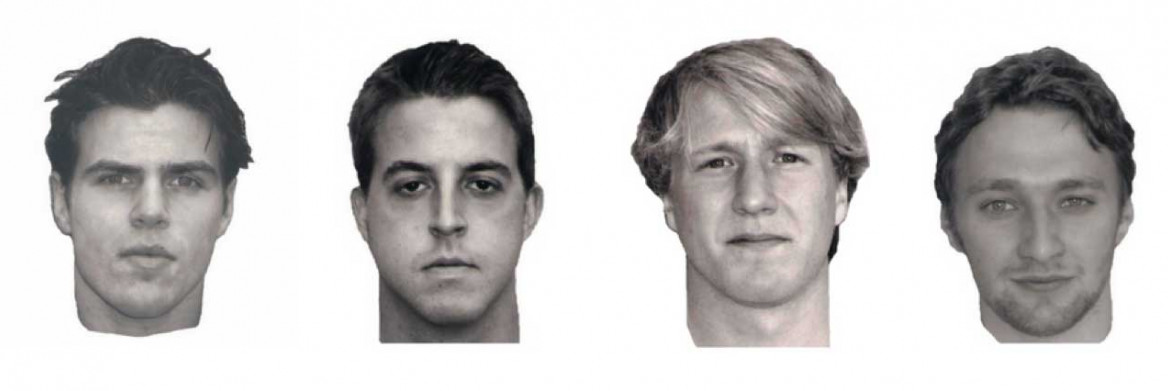Det/Sgt. Eliot Porritt stared at three pixilated photographs of the same man. The unidentified sexual predator had been targeting young women on London's transit system for months.
After each attack, police had circulated blurry images of the perpetrator, taken from closed-circuit television (CCTV) cameras across England's capital city. But no one could identify the moustached man with glasses.
"It's all very well saying, 'I recognize that guy from somewhere,' " says Porritt a detective with London's Metropolitan Police Service (the Met). "But who is he, what's his name, where do you recognize him from? These things are critical for investigations."
While most people don't recall such details, Porritt can remember just about every person he sees.
"For me, it's instinctive," he says. "You see a picture, and no matter how grainy or pixilated it is, if you've met them or been exposed to frequent images of them, you generally know who they are and where you saw them."
Now, the Met is putting officers like Porritt to use. The experienced detective is part of a new unit at the Met: the super-recognizer team. He's one of six officers identified as having an uncanny knack for recognizing faces — and solving dead-end identification files.
The unsolved bus predator case landed on Porritt's desk as one of the unit's first files. With the moustached man's face burned into his memory, Porritt decided to visit transit routes the suspect had taken, to get more information. He also brought along fellow super-recognizer, Alison Young.
"Alison and I went out at rush hour doing follow-up inquiries, and then all of a sudden she spotted the guy in the crowd and shouted out, 'that's him!' " says Porritt. "No one had seen this guy in a year and we were able to make the identification, chase him down and handcuff him after having the case for just two days."
After arresting the man in May 2015, the super-recognizer unit was thrust into the spotlight, becoming the first formal image investigation unit of its kind.
Memory testing
Long before the super-recognizer unit was established, the Met was looking for ways to improve suspect identification rates. In 2012, they called upon Josh Davis, a psychologist specializing in police research at the University of Greenwich.
"Generally it was the same small group of people within the Met over and over that were making identifications," says Davis. "I wanted to know why."
Davis measured the recognition abilities of officers using specially designed face tests, including one with photos of celebrities before they were famous to test memory over time. He determined that the most successful officers were not just motivated — they had a natural talent for remembering faces.
In the end, Davis identified about 150 out of 40,000 members of the Met who qualified as super-recognizers. Six of the very best — including Porritt and Young — formed a temporary pilot unit in 2015. Finding the bus predator was one of the first cases that confirmed Davis's research, and prompted the creation of the full-time super-recognizer unit.
"That was a direct link between the tests we'd done, and a super-recognizing police officer actually spotting someone in the field," says Davis.
Super-recognizers make up about two per cent of the population, according to Davis. Porritt says he hopes to tap into the pool of super-recognizers who aren't police. He's looking at starting a volunteer program at the Met, allowing members of the public to exercise their natural skills to help police.
Spotting success
Since 2015, the super-recognizer unit has had unprecedented success, making more than 2,800 identifications of suspects from CCTV images. This number accounts for a quarter of all identifications made by the Met in that time period.
"It's a phenomenal amount when you consider the unit is just six people," says Porritt, who now heads the unit. "It goes to show you what can happen when you've got the right people in the right place doing the right thing."
Last year, one identification managed to close 43 active cases. The suspect — Austin Cabellero — was identified by one of the sharp-eyed super-recognizers after he was caught for theft at a high-end shop. With some more digging, the team linked Cabellero to dozens of other CCTV photos from thefts throughout London.
"Sometimes, we've got 20 failed investigations by 20 different police officers, and they've all been investigating the same person but they weren't aware," says Porritt. "It's only when we go through it with our extra ability that we get these great results."
